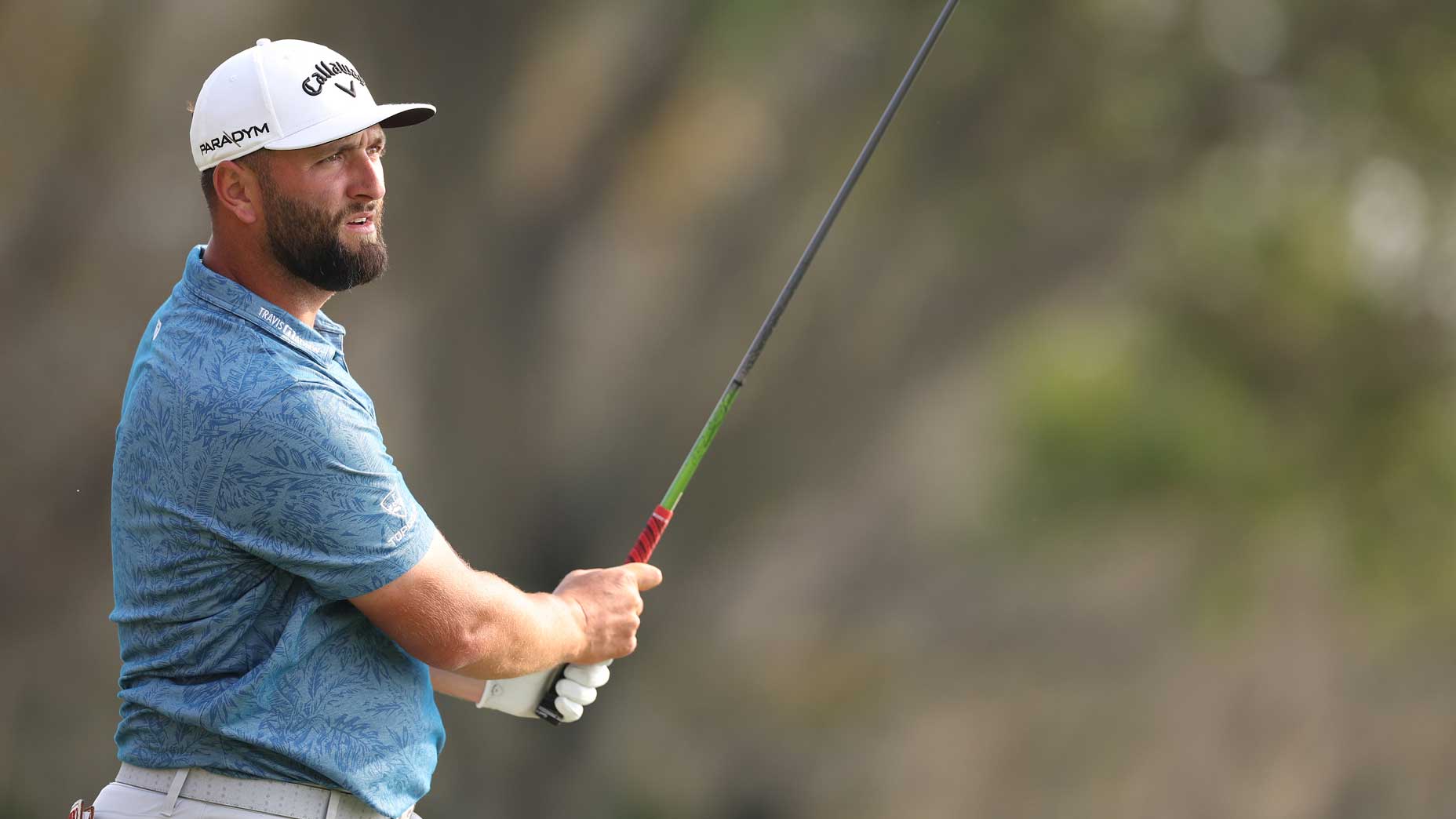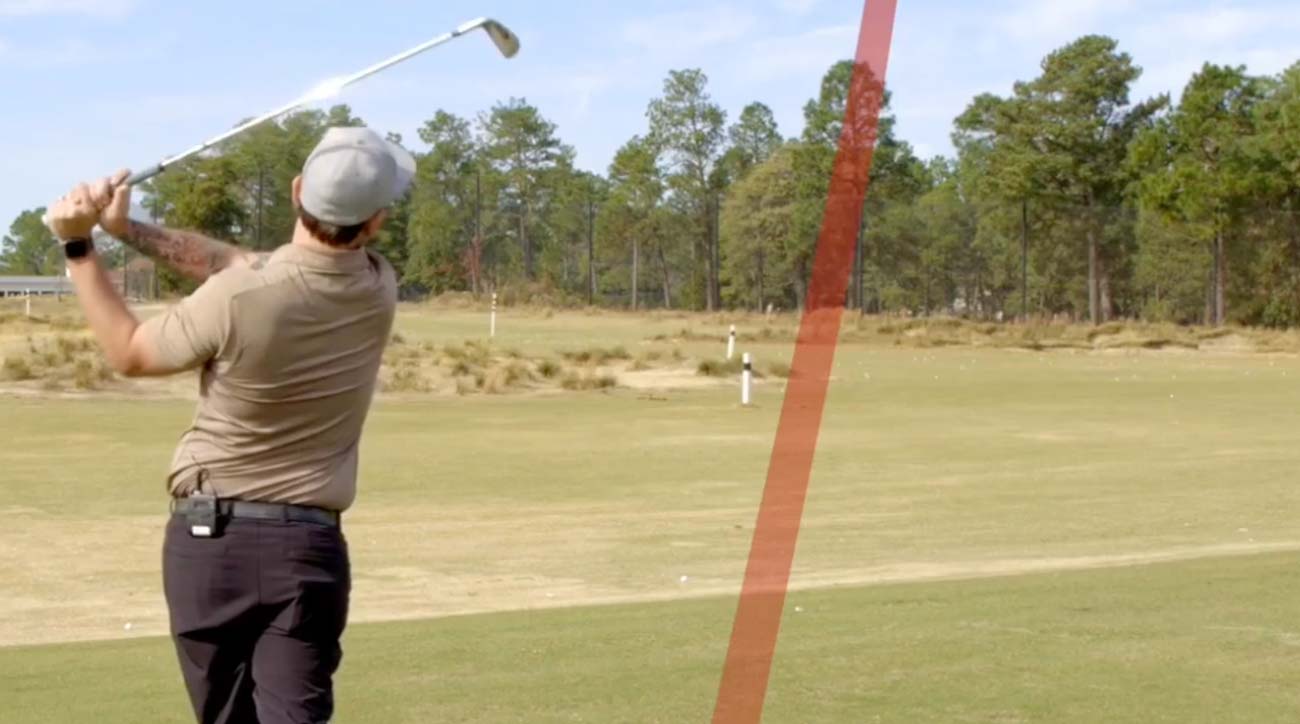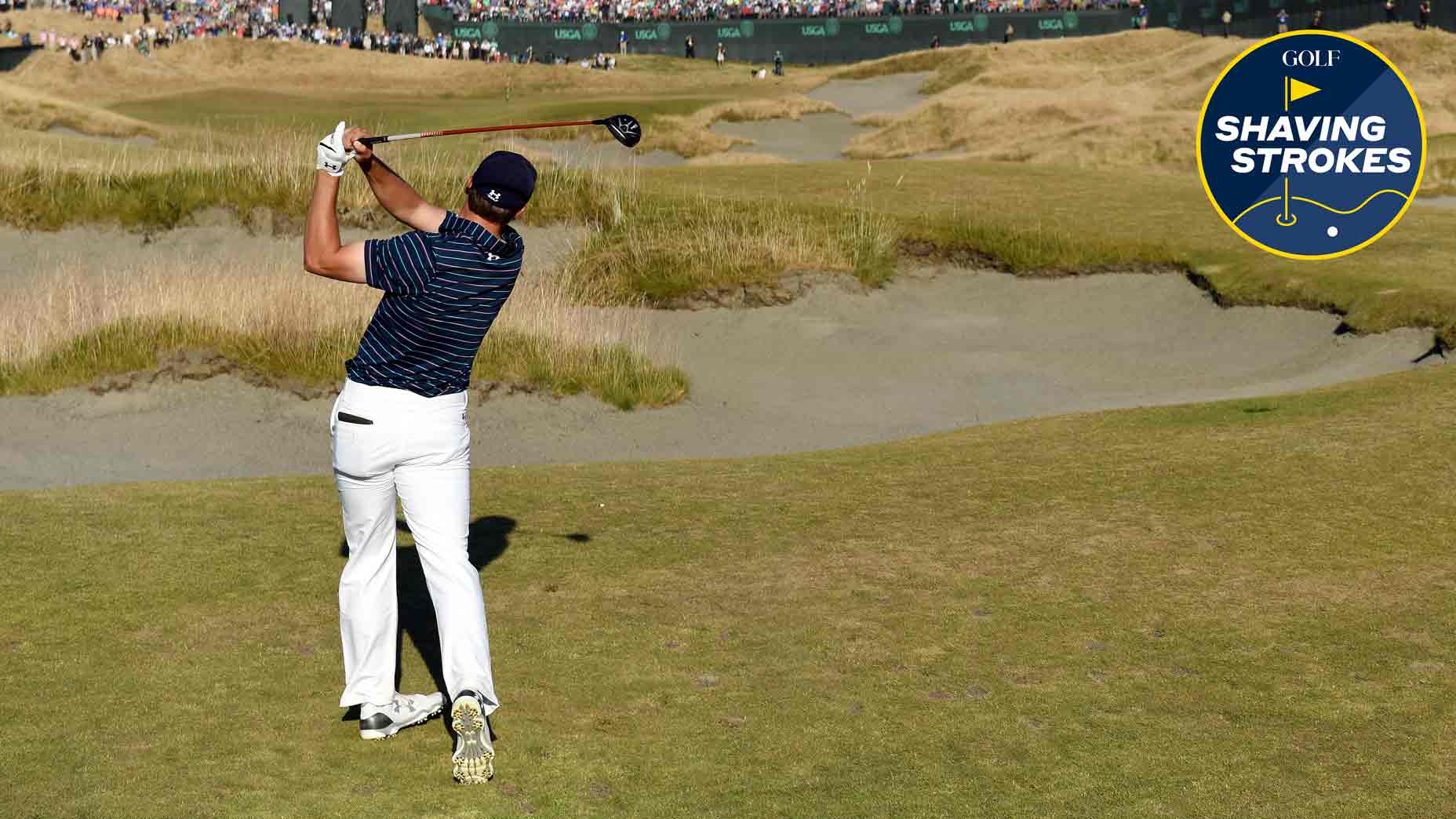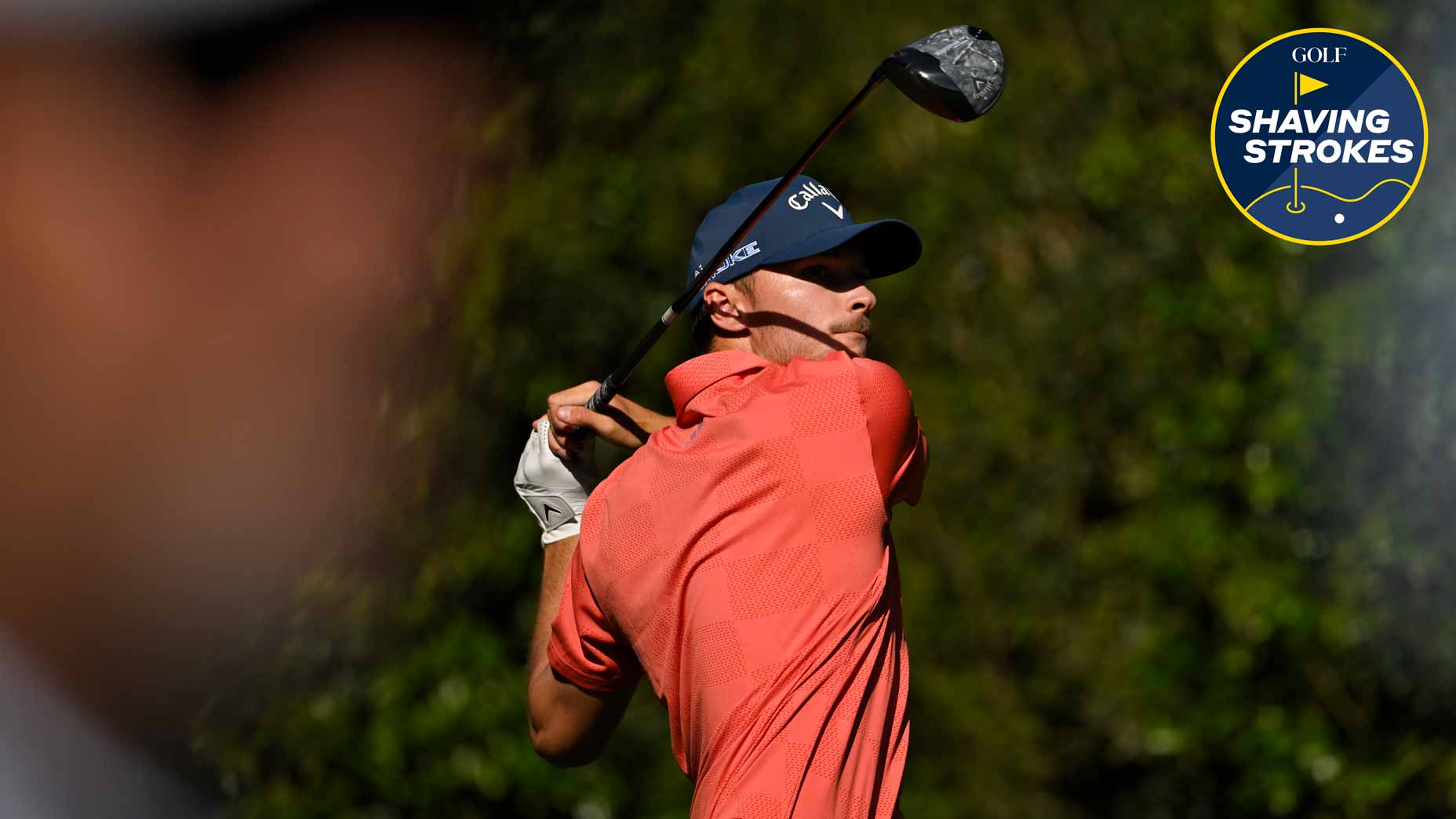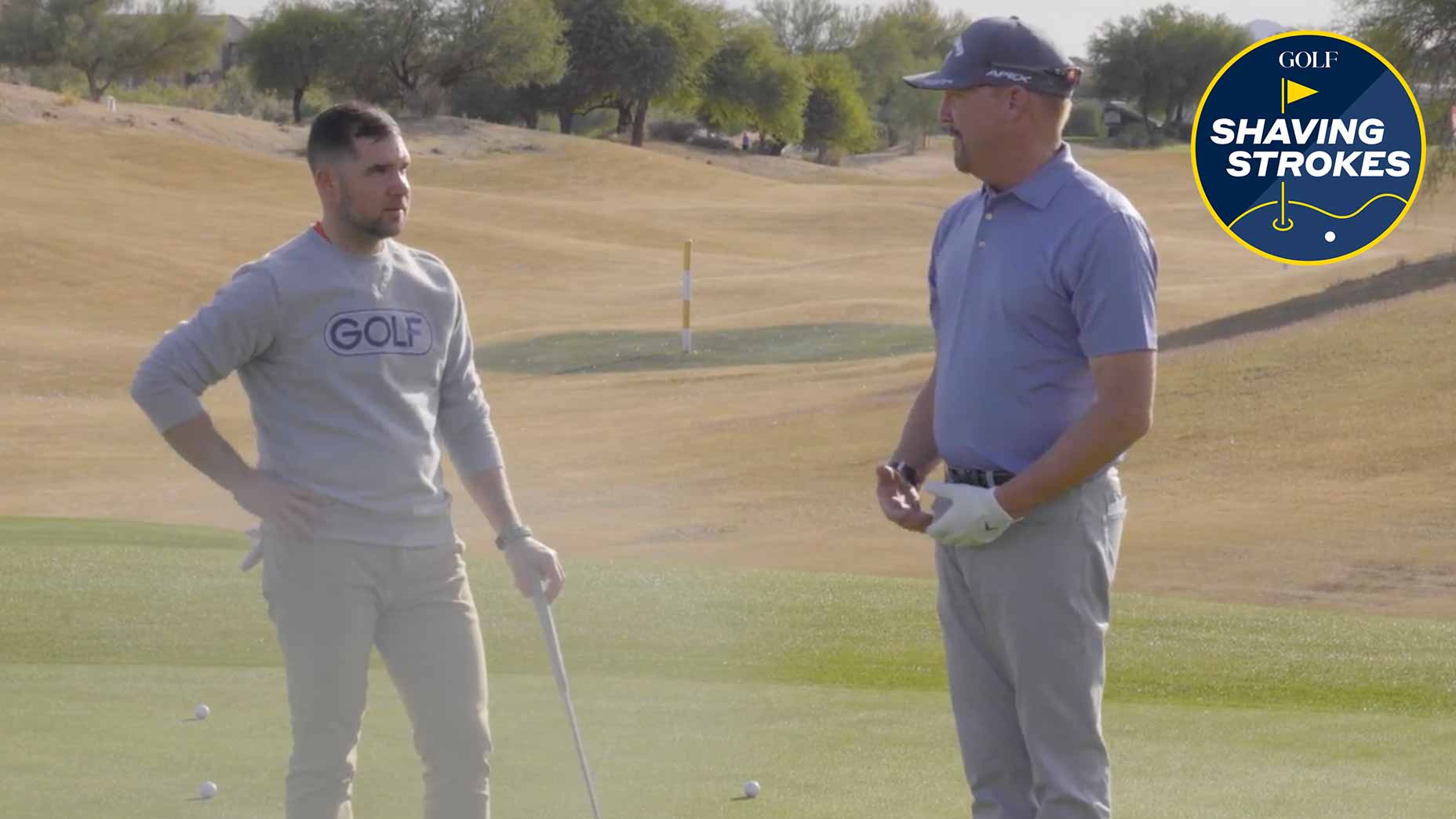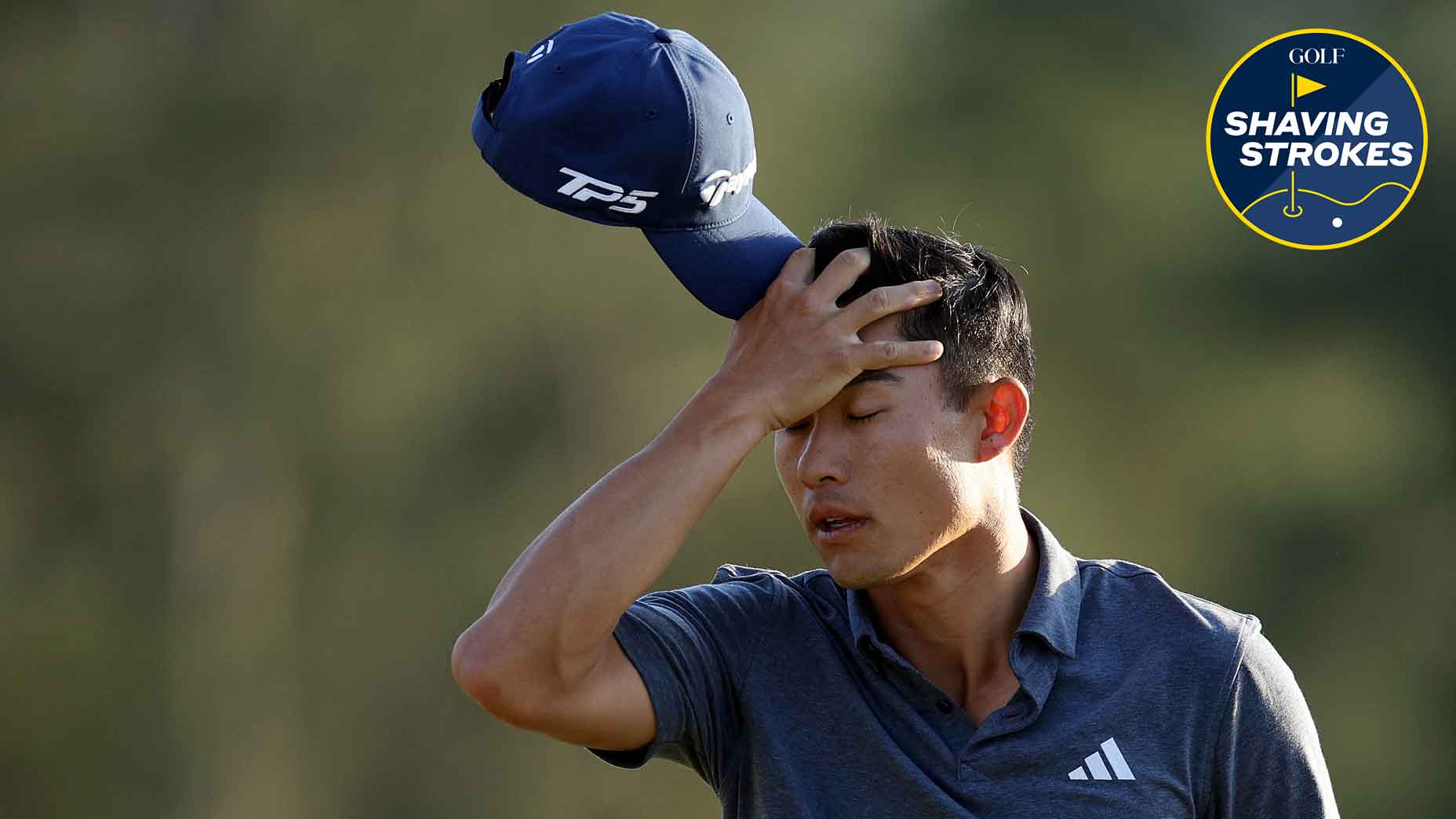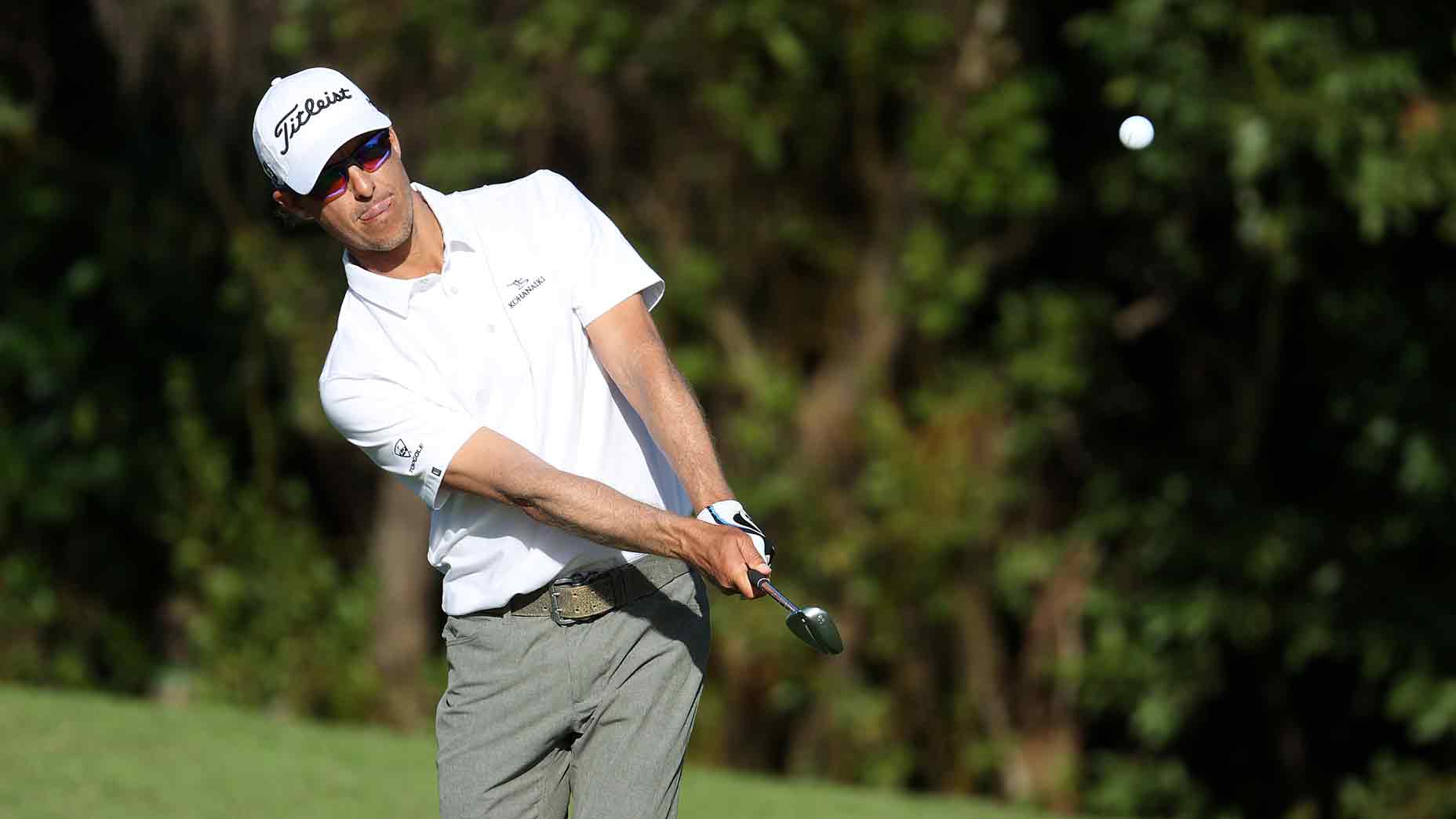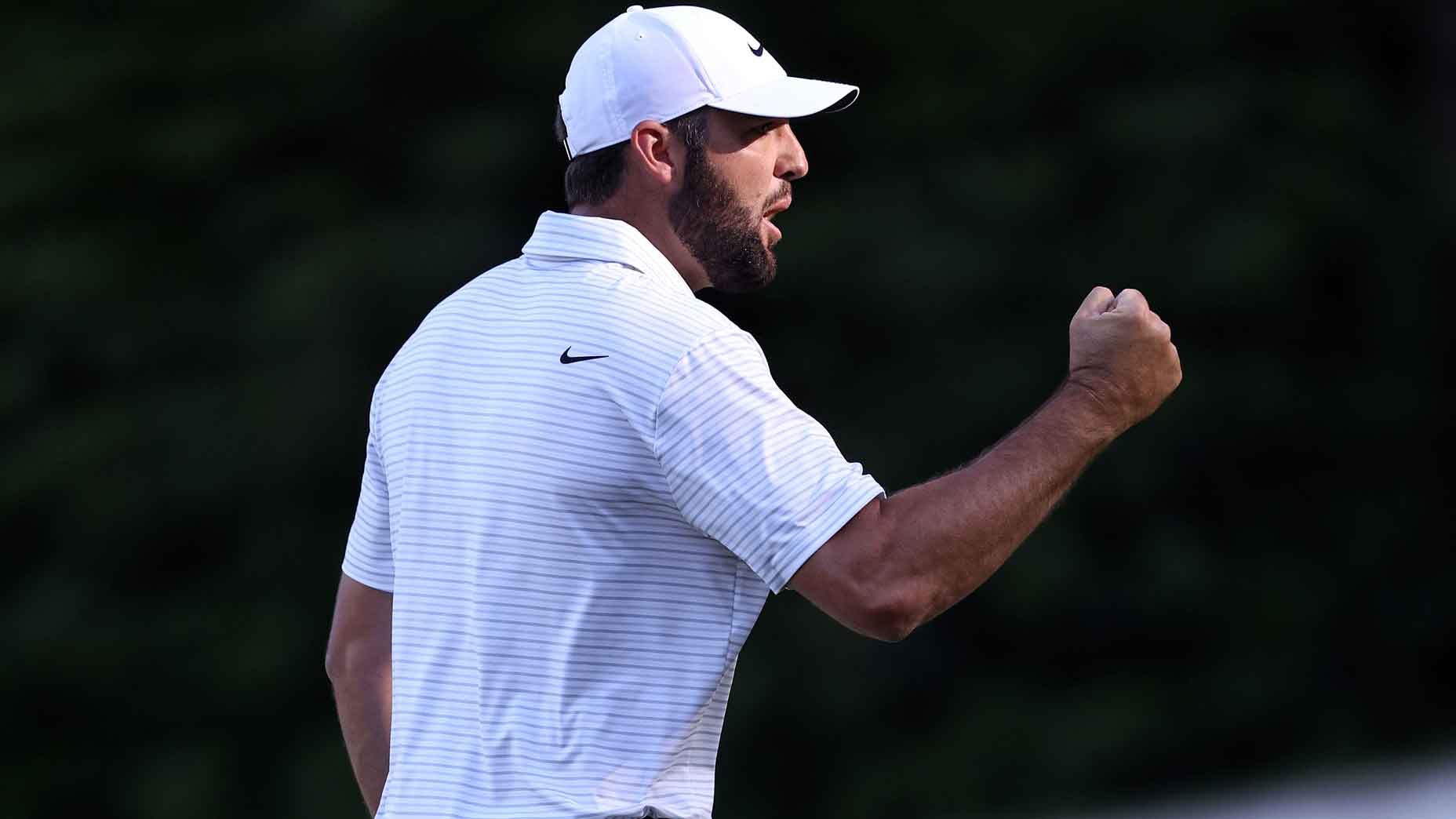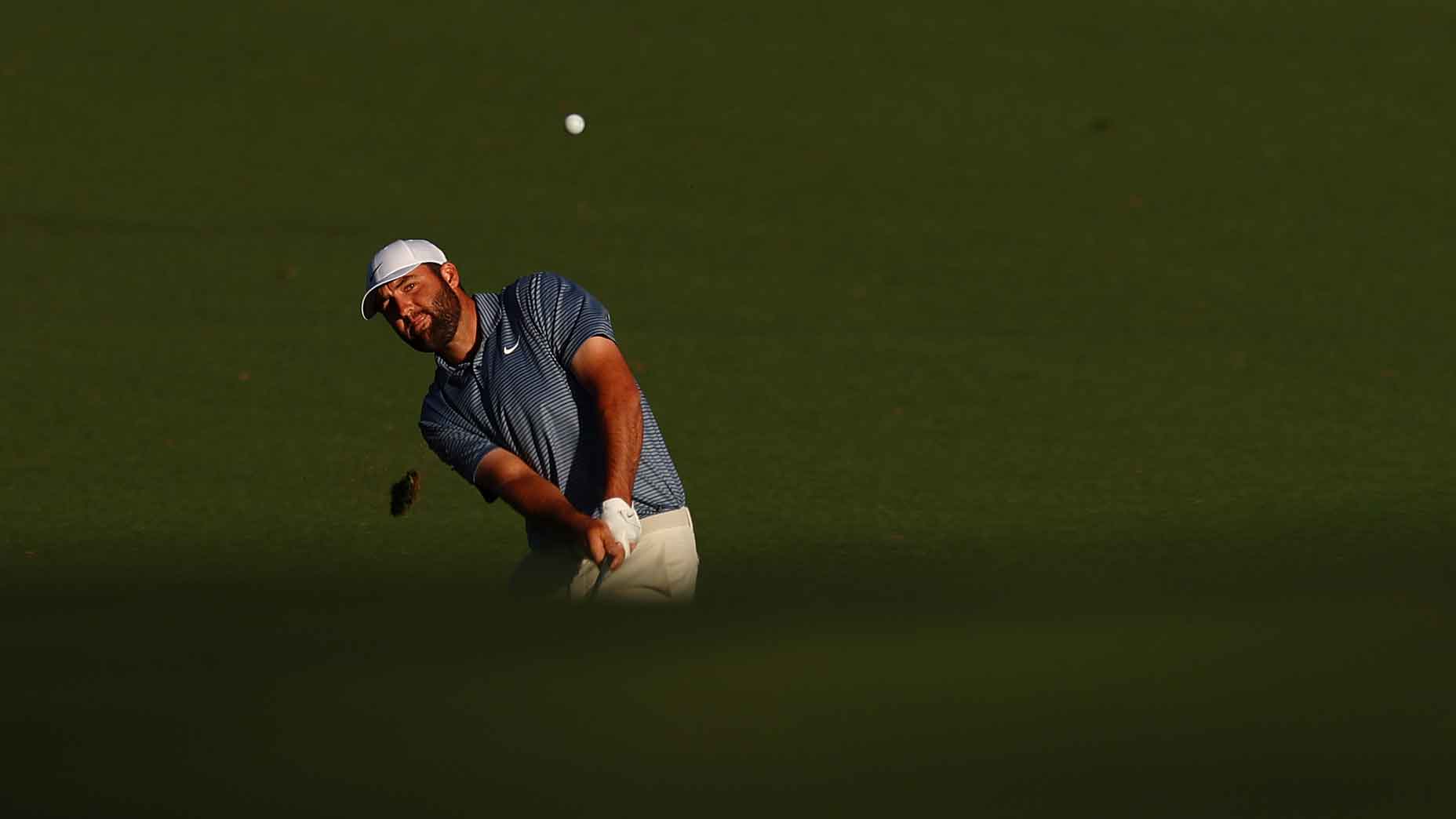Jon Rahm’s advice on his driver setup could help you hit a perfect draw off the tee

Jon Rahm explains why he sets up his driver about 4-5 inches behind the ball at address.
Getty Images
Over the past two PGA Tour seasons, there are very few players who have dominated quite like Jon Rahm has.
Currently ranked No. 3 in the world, Rahm has already won three times this year, and has placed top 10 six times, which makes him one of the favorites heading into this week’s Masters.
Not only is Rahm one of the best ball strikers in the world, but he’s also one of the longest drivers off the tee as well, with his 314.1-yard average ranking him fifth on Tour this year.
And while the one-time major champion has uncanny ability off the tee, he recently shared some wisdom regarding his driver setup, explaining why he places his club about 4-5 inches behind the ball when hitting a draw.
Jon Rahm’s driver approach
In the video above, Rahm says he keeps his clubface “very square-to-path,” because he likes to “hit a fade a little bit open at impact.”
But with a “bowed wrist,” he doesn’t “have the ability to rotate it over to hit a draw like some people might be able to do.”
This is where his coach, Dave Phillips, helped collaborate.
To help Rahm find a more natural way to hit a draw without changing anything in his current swing, Phillips suggested Rahm setup very far right with his driver, focusing on the line he wants the ball to start on.
Setting up to the ball this way, Rahm says he’s able to put the ball further up in his stance, opening things up more by placing the driver 4-5 inches behind the ball.
“I’m setting the ball up really far up in my stance. Based on what I just said, if I am square-to-path, I’m going to catch it up and a little bit left. That extra half of foot gives the clubhead enough time to catch up and hit that draw,” he says. “Usually, when I’m swinging well, it will go straight with a little bit of a draw. If I’m swinging bad, you might see those toe hooks that go left — hey, we all have bad days.”
By creating that small gap between his driver and the ball at setup, Rahm’s able to maintain his natural swing to hit a successful draw.
“So I line up towards the right side of the fairway, tee [the ball] up front, and just kind of visualize it doing a little bit of a draw.”

